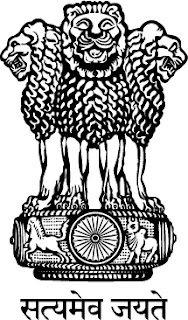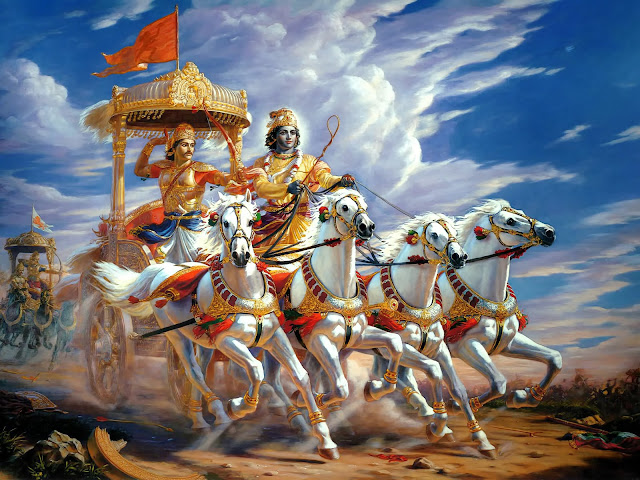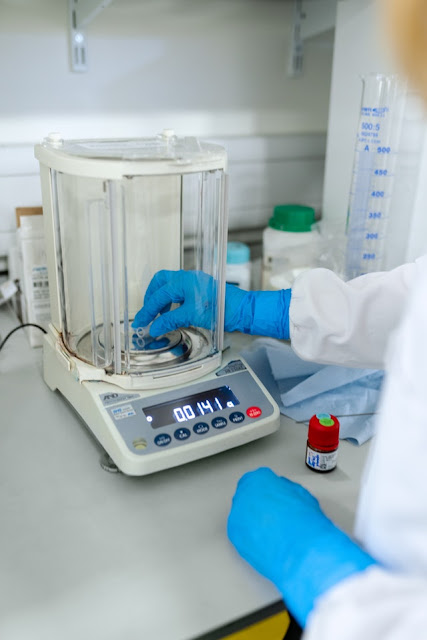Data analysis Part 4: Standard deviation and Standard error
Data analysis Part 4: Standard deviation and Standard error
1. Standard deviation (`\sigma`)
The standard deviation is used to describe the dispersion or variability or spread of the data in 'sample' or in the 'population'.
Standard deviation = Dispersion or Variability or Spread of the data.
Application
Used to measure the precision or spread of the data.
2. Standard error (`\sigma_\overline{x}`)
Error is about difference of obtained value to true value.
Error = value obtained from a 'sample' - the 'true' value for the 'population'.
Lesser the error, higher the chances that the obtained value of the 'sample' represents the 'population' better.
Standard error for 'single set' of measurement
Sample mean `\ne` population mean.
For single set of data from population, where single set of data contains N measurements, sample mean and sample standard deviation can be calculated. If we divide sample standard deviation by `\sqrt N`, it will be called standard error.
As per Sylvia Wassertheil-Smoller, Sample mean deviates from population mean. This deviation is called Standard error or Standard error of mean for a single set of measurements[1].
Standard error = |Sample mean - population mean|.
As per Curran-Everett et al, Standard errors characterize uncertainty about the estimated values of population parameters, e.g., means. [2]
The standard error is used to draw inferences about the
population mean from which we have sample.
`\sigma_\overline{x}=\frac\sigma{\sqrt N}`
N = No. measurements
Standard error for 'single set' decreases with increase in N. With infinite no. of N, the difference between sample and population becomes so less that, both shall become same. Lets take an example...
Paracetamol tablets (500mg) were collected from market. With semi micro balance, wt. of 5 paracetamol tablets were taken.
Let's say the wt. (mg) of the 5 tablets are
| Set 1 |
|---|
| 499.643 |
| 499.475 |
| 500.459 |
| 499.692 |
| 497.946 |
N = 5
Sample mean: 499.443
Standard deviation (`\sigma`): 0.919
Standard error `\sigma_\overline{x}`: 0.411.
So the difference between sample mean and population mean is 0.411.
If we increase the no. of sample (N) in a single set the the plot of SD and SE vs N shall be as following (Fig.1): 
Fig.1: SD and SE vs N
So for more and more samples, the standard error (SE) decreases and for infinite no. of samples, the SE shall be almost negligible. For infinite no. of samples, Sample mean shall be population mean.
Details of the sample i.e. wt. of the paracetamol 30,000 tablets can be found here.
Standard error for 'multiple set' of measurement
Standard error = Standard deviation of the sample means.
Mean of each set shall show less scatter with increase in N. Hence standard error for 'multiple set' decreases with increase in N.
| Set 1 | Set 2 | Set 3 | Set 4 | Set 5 | Set 6 |
|---|---|---|---|---|---|
| 499.642 | 500.280 | 499.251 | 498.547 | 500.828 | 500.240 |
| 499.475 |
500.072 | 500.808 | 501.282 | 501.772 | 501.055 |
| 500.459 |
500.054 | 500.224 | 499.672 | 499.615 | 500.120 |
| 499.692 |
499.619 | 500.083 | 499.086 | 500.491 | 500.680 |
| 497.946 |
500.761 | 500.747 | 499.600 | 499.105 | 500.478 |
Mean
| Set 1 | Set 2 | Set 3 | Set 4 | Set 5 | Set 6 |
|---|---|---|---|---|---|
| 499.443 | 500.157 | 500.222 | 499.637 | 500.362 | 500.514 |
Mean of the means (Set 1-6): 500.056
Standard deviation of the means (Set 1-6): 0.422
Standard error (SE) (`\sigma_\overline{x}`) = 0.422
Application
Standard error is useful primarily because of its role in the calculation of a confidence interval.
- When to use Standard deviation? When to use Standard Error?
Its dependence on sample size makes the standard error of the
mean an inappropriate estimate of variability among observations. Hence for reporting data, where intention is to highlight the spread of the data, standard deviation should be used not standard error. For calculating confidence interval, standard error is used.
Reporting spread of data `\rightarrow` Standard deviation ✔, Standard error ❌
Reporting Confidence interval `\rightarrow` Standard error ✔, Standard deviation ❌
Reference
[3] Fundamentals of Analytical Chemistry, Douglas A. Skoog, Donald M. West, F. James Holler, Stanley R. Crouch, ISBN-13: 9780357450390, ISBN-10: 0357450396, Publisher: Cengage, 10th Edition, 2021, p62.









Comments
Post a Comment